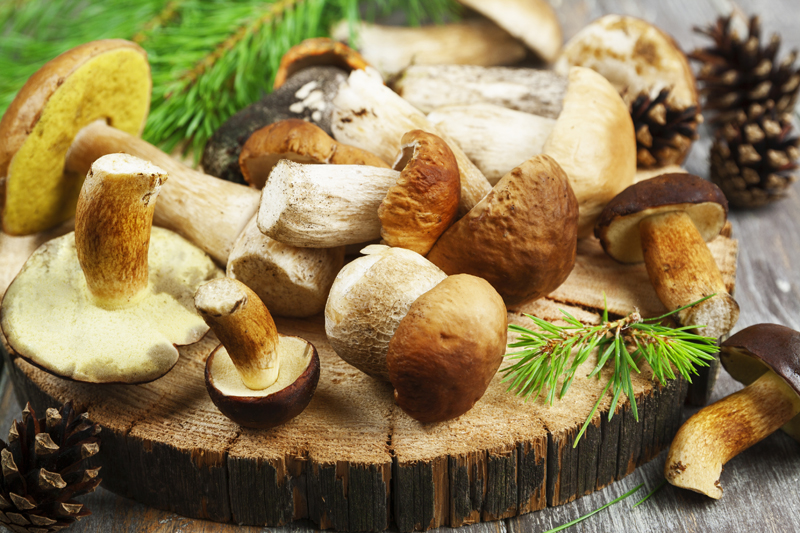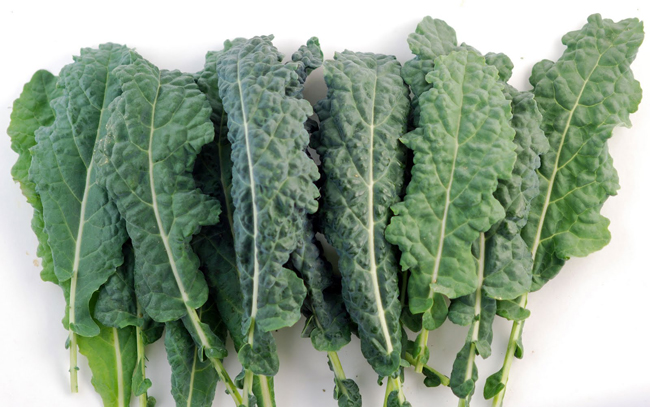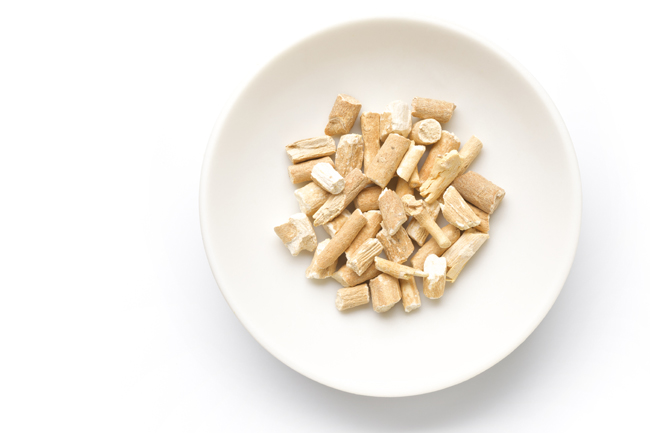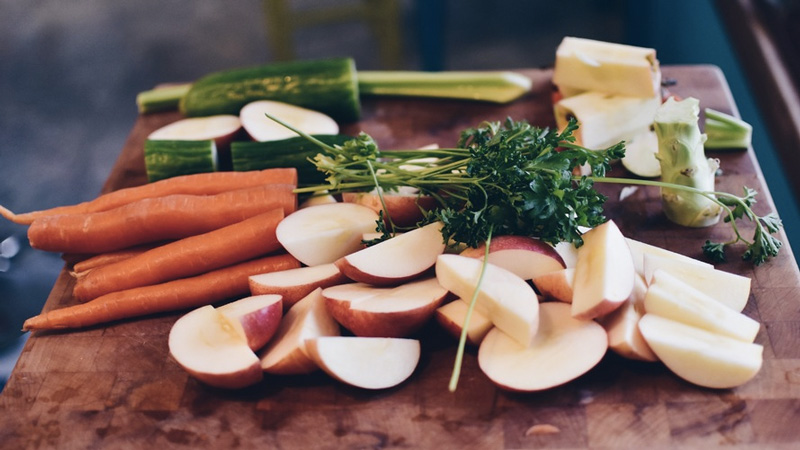So you’re curious about how mushrooms can be medicinal and boost your health. Well, where do we begin? The world of mushrooms runs wide and deep. Whether you’re eating mushrooms whole, or taking it as a supplelment, it’s important to know more!
Here are 10 facts that you may not know (but should!) about mushrooms…
1. Mushrooms are not actually vegetables!
It’s true! In the kitchen, we often think of them as veggies. But mushrooms are really classified as fungi in the science world.1 For one thing, they don’t need sunlight to produce energy. In fact, they often grow in cool and dark places. However, like vegetables, mushrooms provide a lot of beneficial nutrients, like antioxidants, vitamins, and minerals.
2. Mushrooms have been used medicinally for centuries.
The long history of using medicinal mushrooms extends back farthest in Chinese herbal medicine.2 In addition, there are records of medicinal mushrooms use in ancient Japan, in 16th-century Russia, and in some Native American cultures. Today, mushrooms continue to be used for their medicinal qualities – especially in China, Japan, and Korea. Since the 1960s, researchers have begun exploring the benefits and use of medicinal mushrooms.
3. When you eat mushrooms or their supplements, reliable sourcing is extremely important.
Mushrooms absorb whatever they’re grown in. So if that includes pesticides or other chemicals, then unfortunately those will be passed right on to you. In fact, mushrooms can actually concentrate what they’re grown in. So that means, they can condense and strengthen anything they absorb. So with exposure to heavy metals, bad water, or polluted air, this can mean a mushroom would deliver these harmful elements into your body. Heavy metals are especially a problem.3 For this reason, it’s essential to know where your mushrooms or mushrooms extracts are from and how they’re grown.
4. Medicinal fungi can support immunity by boosting your body’s existing immune system.
Again and again, research has found that mushrooms can boost people’s immune function. This “immune stimulating” property is quite exciting, because it can help your body to harbor its own defenses.4 One type of compounds in mushrooms that supports the immune system is the polysaccharide. At the micro level, these compounds signal your body to increase its immunity. Whether it’s fighting cancer or fighting a common cold, a boost in your immunity can help your body to effectively defend itself.
A study by the American Society for Nutrition showed how some mushrooms can promote immunity by increasing production of antivirals. These proteins helps the body to defend and repair itself.5
5. Mushrooms are a super source of Vitamin D.
In fact, mushrooms are the only planted-based food that delivers Vitamin D! Some people call Vitamin D the “sunshine” vitamin, because we also get it from the sun. In any case, it’s an essential part of human health. Health practitioners recommend a daily dose of Vitamin D. Mushrooms can provide that!
6. Plus, they deliver a great dose of Vitamin B-complex.
Yes, mushrooms contain different types of Vitamin B – like B2 riboflavin,B3 niacin, B6 and B12. These vitamins are another essential nutrient for us. They help the body turn the calories that we eat into usable energy. Plus, certain B vitamins have special functions. For example, riboflavin helps red blood cells. While niacin supports the digestive system. But you need to replenish these B vitamins each day. So consuming mushrooms – whole or as a supplements – is a great way to do this!12
7. Mushrooms deliver all-natural antibiotics and antioxidants.
All fungi use their natural antibiotics to defend from other microorganisms. This might mean fending off from their food source. Or warding off the disease and rot that is common in their damp environments.
In fact, the antibiotic penicillin was derived from a species of fungi!8
Finally, mushrooms are also loaded with antioxidants that fight off free radicals in our bodies.6 Plus, several types of mushrooms are high in selenium, which has been found to reduce risk for bladder cancer.7
8. Harvesting mushrooms requires experience.
The idea of foraging for your own mushrooms in the wild is a romantic notion. But it is not to be done without expertise! With so many varieties of mushrooms in the world, you need a lot of practice to know the clear difference. One may be a medicinal mushrooms, or it may be one that causes ill effects, or even death. So this is not something to learn by trial and error! Also, be sure to trust your sources when accepting wild mushrooms from others.
9. Medicinal mushrooms can help with stress and fatigue.
By supporting the immune system, mushrooms help with general bodily stress and fatigue. However, this is more than just a secondary response. Indeed, medicinal mushrooms appear to be specific in helping these areas. For example, health practitioners name that reishi supports the body against stress.9
Medicinal mushrooms are known for aiding the body in reducing fatigue.10 In fact, the reishi mushroom is especially helpful for Chronic Fatigue Syndrome.11
10. All 3 parts of a “mushroom” can be medicinal.
The mycelium is the “vegetative” part of the fungus – those thread-like strands that branch out and grow. The fruitbody is actually the final stage in a mushroom’s growth. It’s what we commonly think of as a mushroom! The organism has fully grown (or “mushroomed”) to display this fruitbody. At this grown stage, it then reproduces by releasing spores. The spores are like seeds that spread to begin new life. Did you know that some mushroom spores can go dormant for years before growing again?
Each of those parts –the mycelium, the fruitbody, and the spores – can be medicinal in different ways. Those qualities vary depending on the type of mushrooms.
If you’re curious about medicinal mushrooms, there is a lot more to learn!
Here’s what to read next… Get the scoop about how mushrooms can boost energy and immunity. Then, dive into the details of specific mushrooms like reishi, cordyceps, chaga, shiitake, turkey tail, maitake, and lion’s mane.









